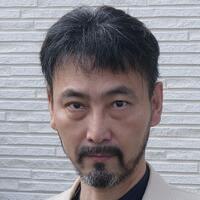経歴
-
2016年-継続中
国立情報学研究所 客員教授(兼任)
-
2010年-継続中
早稲田大学 理工学術院 基幹理工学部 情報理工学科 教授
-
2009年-2013年
JST さきがけ研究者(兼任)
-
2010年
名古屋市立大学 大学院システム自然科学研究科 教授
-
2005年-2010年
名古屋市立大学 大学院システム自然科学研究科 助教授(准教授)
-
2004年-2005年
名古屋市立大学 大学院システム自然科学研究科 講師
-
2000年-2001年
ニューヨーク大学 クーラン数理科学研究所 Associate Research Scientist


Click to view the Scopus page. The data was downloaded from Scopus API in January 06, 2026, via http://api.elsevier.com and http://www.scopus.com .